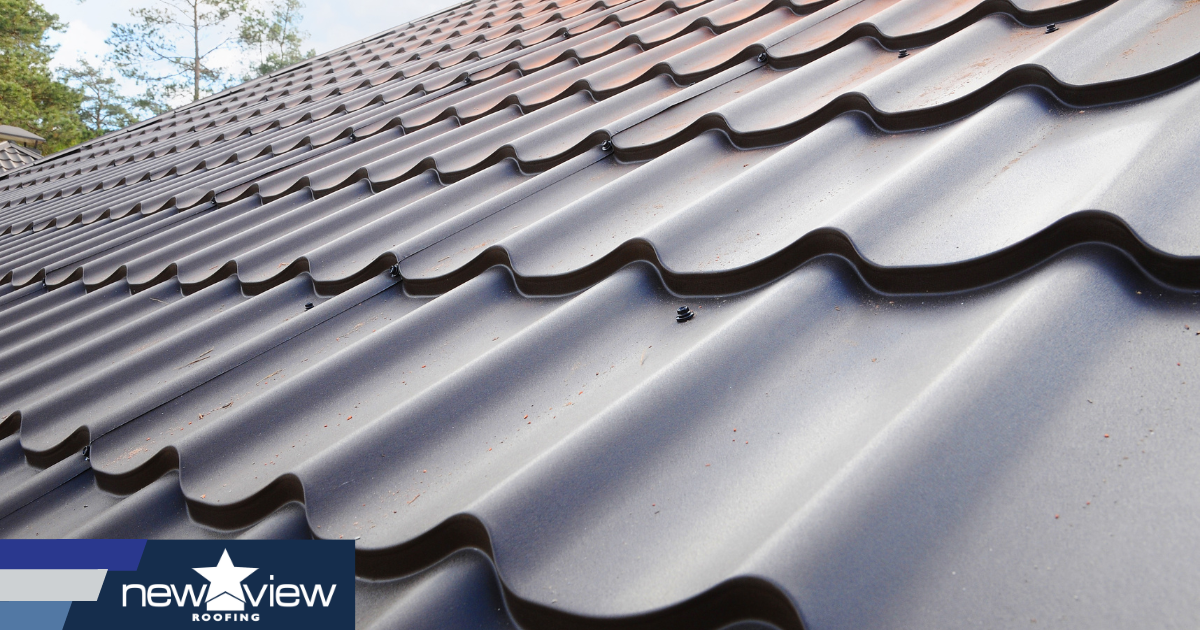Evaluating the Services Supplied by Roofing Companies in Gainesville Florida
Evaluating the Services Supplied by Roofing Companies in Gainesville Florida
Blog Article
Ideal Practices for Ensuring Correct Roofing Air Flow
Making certain correct roofing ventilation is important for the longevity and performance of a roof. A well balanced intake and exhaust vent proportion, generally 1:300, plays a crucial role, with intake vents ideally put at the lower side of the roof for awesome air entrance and exhaust vents at the peak for warm air exit. Regular assessments to determine blockages and keep clear air movement are vital. Keeping insulation away from vents is crucial to stop air flow restriction. Comprehending these foundational elements establishes the stage for more detailed insights into installation and upkeep practices that can substantially improve your roof covering system's efficiency.
Understand Air Flow Fundamentals
Correctly comprehending air flow basics is crucial for guaranteeing the longevity and effectiveness of roof. Reliable air flow mitigates moisture build-up and temperature level extremes in the attic room, both of which can lead to significant architectural damage in time. A well-ventilated roofing system aids in avoiding typical problems such as mold development, timber rot, and ice dams, which can jeopardize the honesty of the roofing materials and the underlying structures.
The main objective of air flow is to promote the activity of air, enabling a constant exchange in between the outside and indoor settings. This equilibrium is attained via a mix of intake and exhaust vents that interact to keep optimal air movement. Intake vents, normally situated along the eaves or soffits, permit fresh air to go into the attic room, while exhaust vents, frequently situated at or near the roof covering ridge, make it possible for warm, moist air to run away.
Secret elements influencing the effectiveness of roof air flow consist of correct placement, sufficient sizing, and making sure that both consumption and exhaust vents are unblocked. Regular inspection and maintenance are critical to recognize possible clogs, damage, or inadequacies in the air flow system, thereby guarding the roofing's efficiency and durability.
Sorts Of Roof Vents
Roofing vents play a crucial role in keeping effective attic room ventilation and, by extension, the overall wellness of the roof. Numerous types of roofing system vents are offered, each with special benefits tailored to particular roofing needs. Ridge vents, for instance, are mounted along the roofing system's height, allowing warm, moist air to leave from the attic. They provide constant air flow and mix effortlessly with the roofline, making them both reliable and visually pleasing.

Soffit vents are mounted under the eaves and job in tandem with roof vents to guarantee a well balanced consumption and exhaust system. By permitting cooler air to get in from below, soffit vents facilitate the expulsion of warm air through upper vents. Gable vents, situated on the outside wall surfaces of the attic, offer one more effective service, specifically in homes with saddleback roofs.
Evaluate Your Current Ventilation

Following, take into consideration the age and condition of your roofing products and ventilation parts. Older systems may not comply with existing building codes or may have worn away with time, minimizing their performance. Conduct a complete evaluation to determine any type of signs of deterioration, such as rust, damage, or voids that might endanger the system's performance.
In addition, determine the attic temperature level and humidity levels. High temperatures and moisture can indicate insufficient ventilation.
Setup Best Practices
Reliable installation of roofing ventilation systems is critical for making certain optimum performance and long life. Proper setup starts with recognizing the certain ventilation demands of the building and the roofing system it covers. This entails calculating the right ratio of intake to exhaust vents, generally adhering to the 1:300 regulation, which specifies one square foot of air flow for each 300 square feet of attic floor room.

The placement of vents is just as crucial. Consumption vents must be set up at the roofing's reduced edge, commonly in the soffits, to allow awesome air to enter. Exhaust vents, on the other hand, should be mounted near or at the roofing system's top to assist in the leave of cozy, wet air. This produces an all-natural air movement that helps preserve temperature level and wetness equilibrium within the attic check that room space.
Seal all vent connections meticulously to protect against air leaks and potential water seepage. Usage high-quality materials and comply with maker guidelines to guarantee sturdiness and performance. Furthermore, integrating ridge vents with baffles can dramatically boost air flow efficiency by preventing wind-driven rain and snow from getting in the attic room.
Ultimately, specific installation of roof ventilation systems reduces possible concerns such as mold and mildew development, ice dams, and architectural damage, making certain the roofing's stability and the structure's overall wellness.
Normal Upkeep Tips
Consistency in maintenance techniques is fundamental to guaranteeing the long-lasting efficiency of roof covering ventilation systems. During these evaluations, guarantee that vents are complimentary of particles, nests, and various more info here other obstructions that could hinder air flow.
Cleaning up the vents is an additional vital task. Use a soft brush or a vacuum cleaner to eliminate dust and particles from intake and exhaust vents. Be cautious not to damage the air vent displays or louvers throughout the procedure. Furthermore, inspect the attic room room for any type of indications of water damages, which could compromise the stability of the roof covering system.
Correct insulation is similarly essential. Make certain that attic room insulation does not obstruct the vents, as this can severely limit air movement. If any type of insulation has moved or resolved, rearrange or change it to maintain a reliable obstacle.
Finally, replace any harmed or missing out on parts immediately. Broken vents, split roof shingles, or tatty flashing can all contribute to inadequate air flow and must be dealt with immediately. Routine maintenance ensures that the roof ventilation system works optimally, thereby extending the life expectancy of the roof covering itself.
Conclusion
Guaranteeing correct roofing ventilation is extremely important for preserving the effectiveness and durability of a roof. Adherence to the 1:300 consumption and exhaust air vent ratio, paired with the strategic positioning of vents, is vital. Regular biannual inspections, particles cleaning, and ensuring insulation does not obstruct air flow are vital techniques. Executing these finest go to website practices will certainly foster a well-ventilated roof covering system, therefore reducing possible concerns related to moisture accumulation and extreme warm, eventually lengthening the roof covering's life expectancy.
A balanced intake and exhaust vent proportion, generally 1:300, plays a pivotal duty, with consumption vents preferably put at the lower side of the roof for trendy air entry and exhaust vents at the height for warm air exit. Consumption vents, generally situated along the soffits or eaves, allow fresh air to enter the attic room room, while exhaust vents, typically positioned at or near the roofing ridge, enable hot, humid air to leave.
Soffit vents are installed under the eaves and work in tandem with roofing vents to make sure a balanced intake and exhaust system. By allowing cooler air to go into from below, soffit vents promote the expulsion of hot air via upper vents. Adherence to the 1:300 consumption and exhaust vent proportion, combined with the strategic placement of vents, is necessary.
Report this page